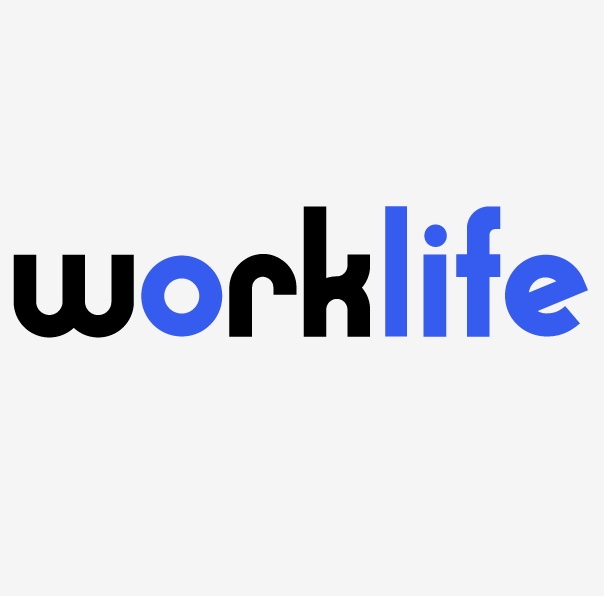
Most people pretend that they don’t enjoy saying “I told you so,” but not us. We kinda like love saying it. In fact, we rarely pass up an opportunity.So as our avid readers may recall, early in the pandemic, when we were into alliteration to pass the time, we made our near perfect, perseverating polemic of pre-litigation predictions in Pondering Post-Pandemic Problems, previewing Plaintiffs’ preposterous platitudes potentially pushed by their pathologically, precocious, parasitic professionals. And we were right.
According to a report recently released by another law firm, 2020 saw at least 1,005 employment lawsuits stemming from pandemic related issues, filed in 46 states. You’ll be shocked to learn (feel the sarcasm) that New Jersey came in second place for the most COVID related lawsuits filed last year, with 15% of all the cases filed in the Garden State, only 3 percentage points behind California and NYS came in fourth with 7% of the action. If you’re looking for where to move the company, Wyoming, the Dakotas and Maine have avoided all COVID-related employment litigation so far. The bases for the lawsuits were also diverse, which according to the law firm’s report, included 46 different legal theories. And that folks is why we’ve never produced a gazillion page report like this—we didn’t even know there were 46 different legal theories. Many of the cases are based on terminations with issues related to retaliation for complaining about safety, disability, and age discrimination, retaliation for taking FFCRA leave or failure to provide FFCRA leave. You see, they’ll get you either way.
Here comes the WE TOLD YOU SO part. Back in April, we warned you with this: on April 8, 2020, OSHA issued a reminder that it’s illegal retaliation to terminate an employee for refusing to work in or complaining about unsafe conditions. And wouldn’t you know it, 34% of the lawsuits involved issues related to workplace safety. Equally as concerning is that on January 21, 2021, the new administration issued a directive to OSHA to step up enforcement of existing rules and within 2 weeks issue a new detailed guidance on safety requirements that employers must implement to protect workers from the virus. Up to this point, OSHA has almost literally said, did you hear what CDC said? Do that! On Friday, January 29, OSHA dutifully complied with its new boss’ directive and issued a 12 page guidance creatively named, Protecting Workers: Guidance on Mitigating and Preventing the Spread of COVID-19 in the Workplace.
The new OSHA guidance isn’t all that new in terms of information or ideas, but these 15 points are worth reviewing:
(1) Assignment of a workplace coordinator who will be responsible for COVID-19 issues on the employer’s behalf.
(2) Identification of where and how workers might be exposed to COVID-19 at work.
(3) Identification of a combination of measures that will limit the spread of COVID-19 in the workplace, in line with the principles of the hierarchy of controls.
(4) Consideration of protections for workers at higher risk for severe illness through supportive policies and practices.
(5) Establishment of a system for communicating effectively with workers and in a language they understand. Ask workers to report to the employer, without fear of reprisal, COVID-19 symptoms, possible COVID-19 exposures, and hazards at the workplace.
(6) Educate and train workers on your COVID-19 policies and procedures using accessible formats and in a language they understand.
(7) Instruct workers who are infected or potentially infected to stay home and isolate or quarantine to prevent or reduce the risk of transmission of COVID-19.
(8) Minimize the negative impact of quarantine and isolation on workers. When possible, allow them to telework, or work in an area isolated from others.
(9) Isolating workers who show symptoms at work.
(10) Performing enhanced cleaning and disinfection after people with suspected or confirmed COVID-19 have been in the facility.
(11) Providing guidance on screening and testing: Follow state or local guidance and priorities for screening and viral testing in workplaces.
(12) Recording and reporting COVID-19 infections and deaths on their Form 300 logs
(13) Implementing protections from retaliation and setting up an anonymous process for workers to voice concerns about COVID-19-related hazards
(14) Making a COVID-19 vaccine or vaccination series available at no cost to all eligible employees. Provide information and training on the benefits and safety of vaccinations.
(15) Not distinguishing between workers who are vaccinated and those who are not
While this guidance is not an OSHA Standard, meaning an actual enforceable regulation, failure to follow it can still be used to establish that you have not complied with OSHA’s general duty clause to keep employees safe from known hazards. So let’s review and see if we’ve got all this covered. If you are unclear on how to implement any of the above or what some of it means, just holler.
We were particularly curious about what #15 above is all about. The more detailed explanation is not what we were expecting. OSHA says workers who are vaccinated must continue to follow protective measures, such as wearing a face covering and remaining physically distant, because at this time, there is not (sic) evidence that COVID-19 vaccines prevent transmission of the virus from person-to-person. Wait, what? So we’re all spending days online trying to get jabbed with a needle so everyone can get back to life and OSHA says the darn vax might not stop the spread?
We thought it might mean that you cannot “discriminate” against those who are not vaccinated. Like we said in December, when the vax is finally more readily available, employers might mandate it and not allow the unvaccinated inside as employees or customers. Who knows how the unvaxed may be treated? Maybe the unvaxed will even get a scarlet letter “U.” We can easily see that turning into a new form of discrimination claim down the road, a Hester Prynne discrimination claim, which will give us yet another shot at saying, “We Told You So!”








